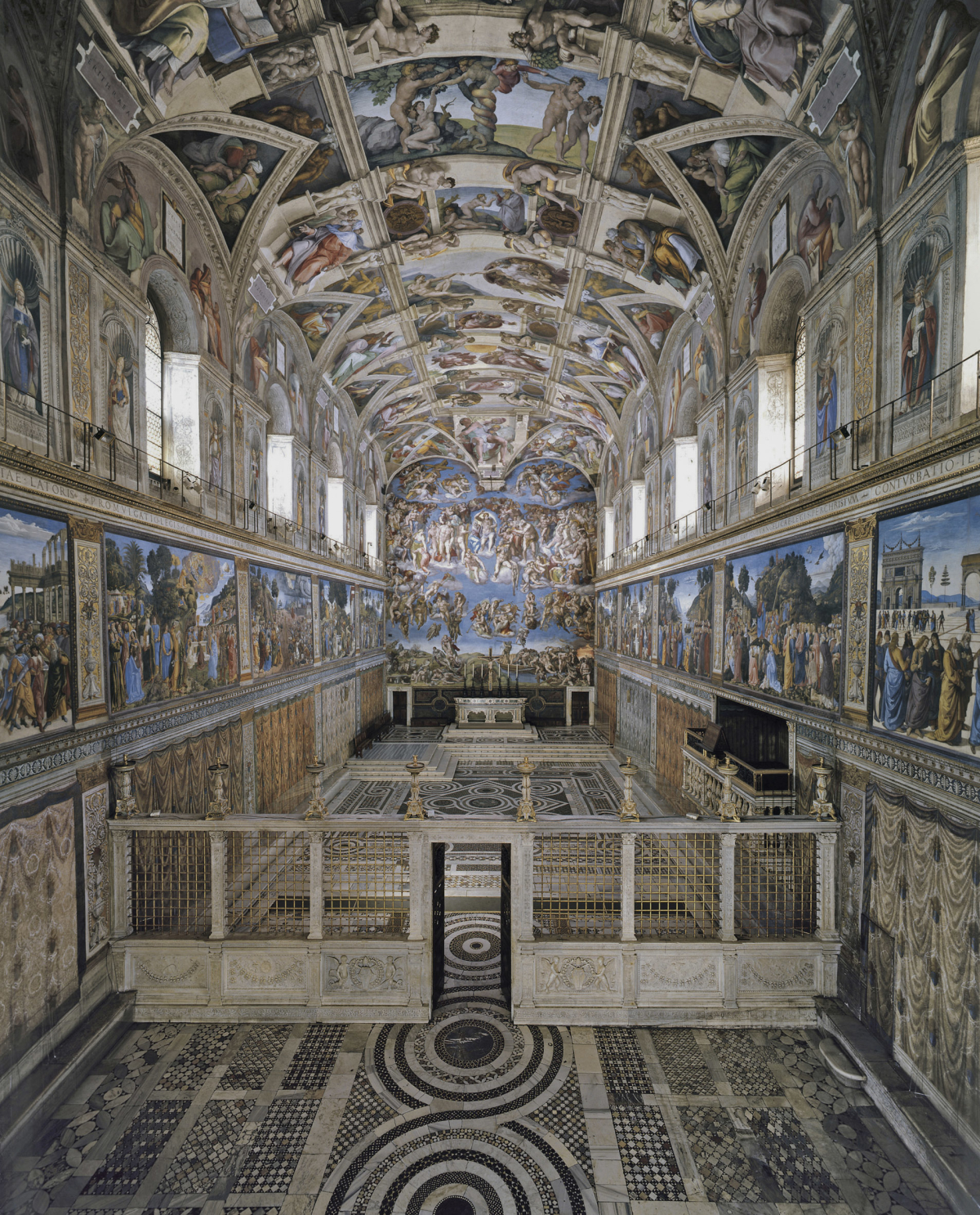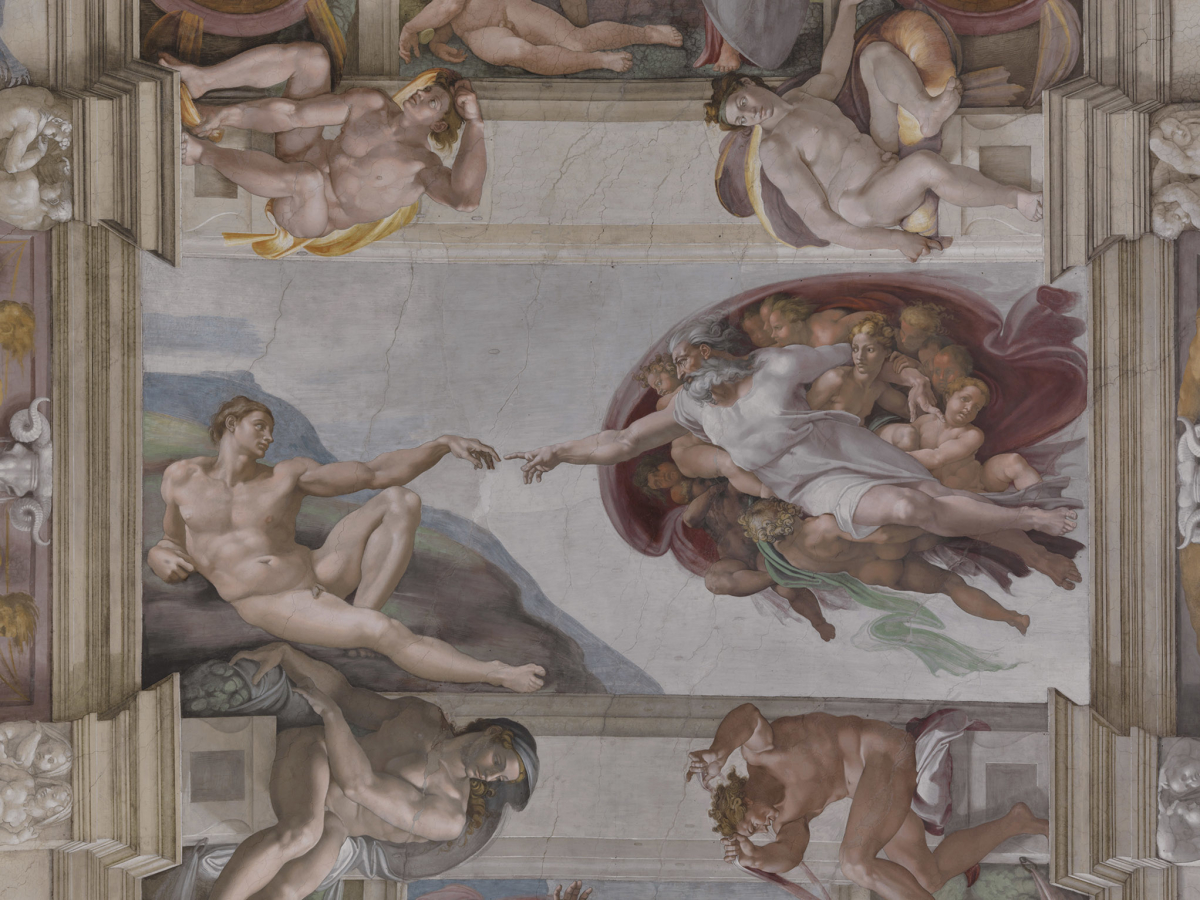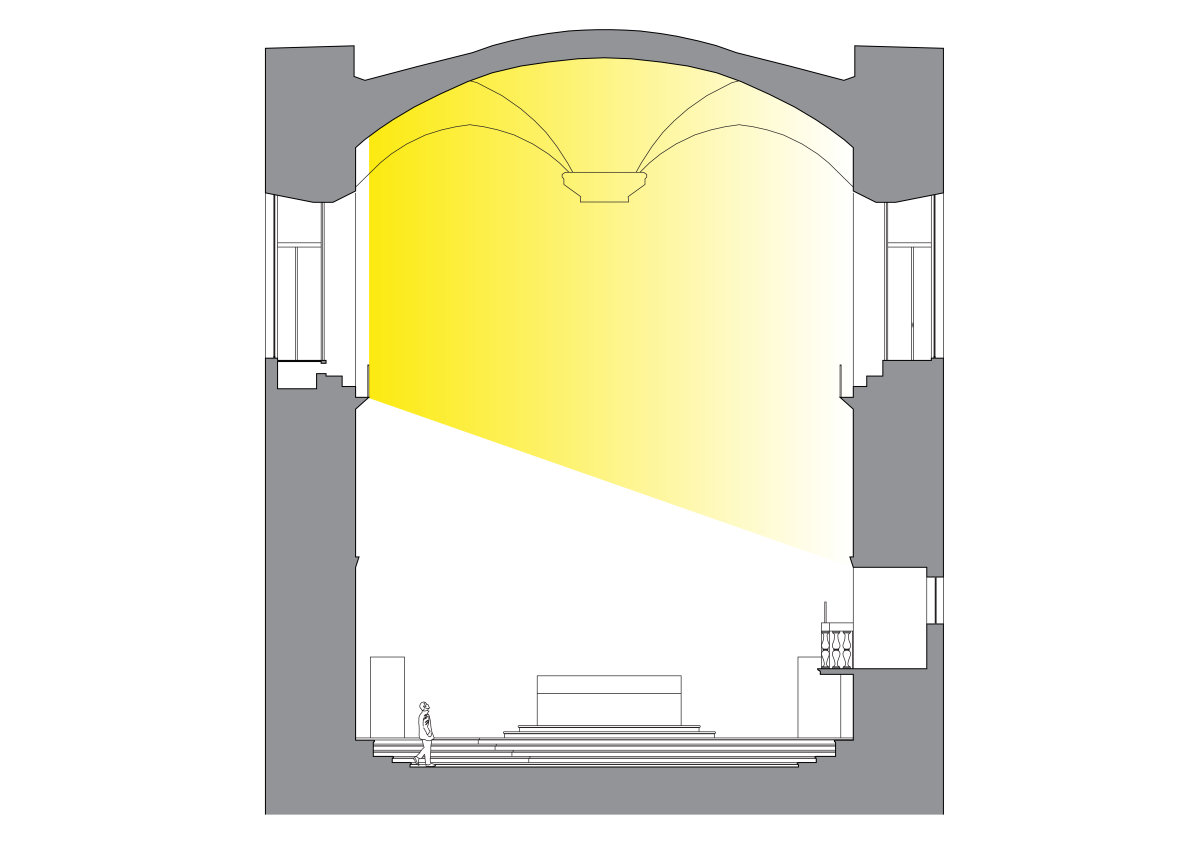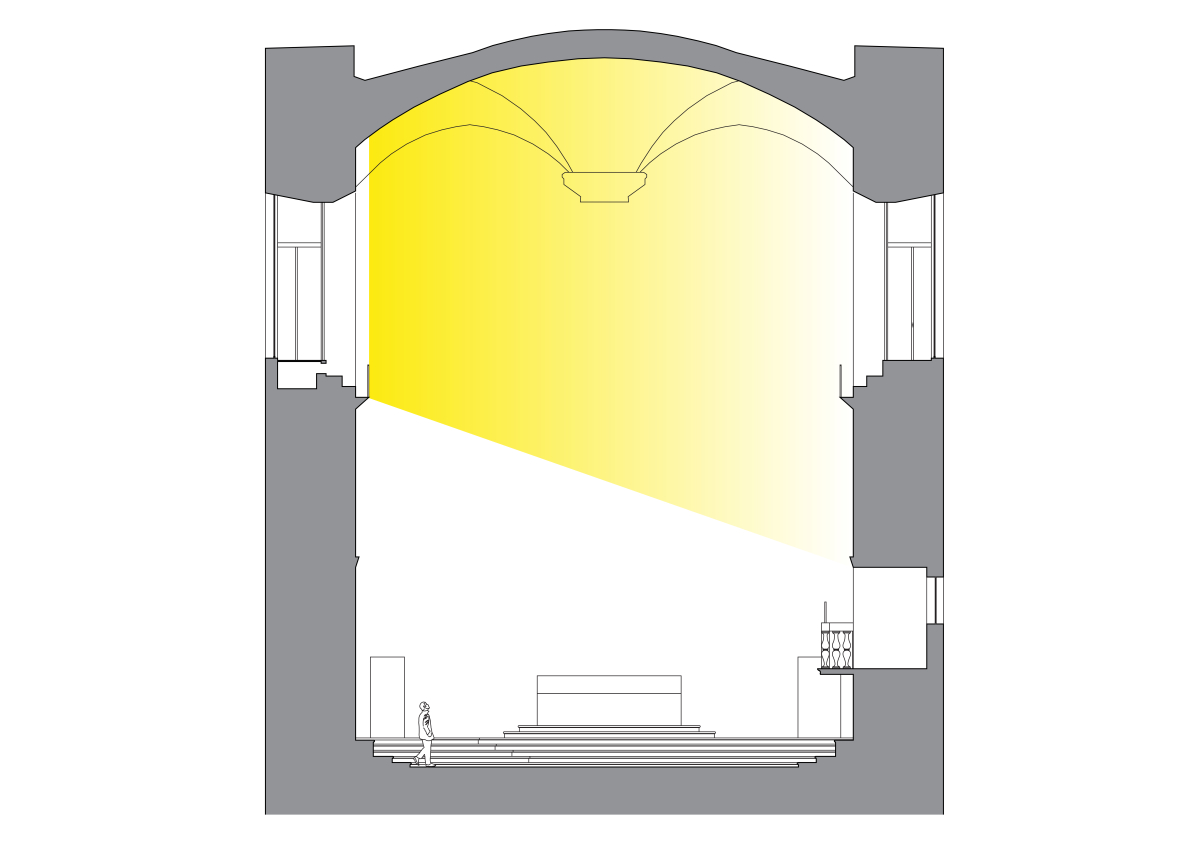Sistine Chapel
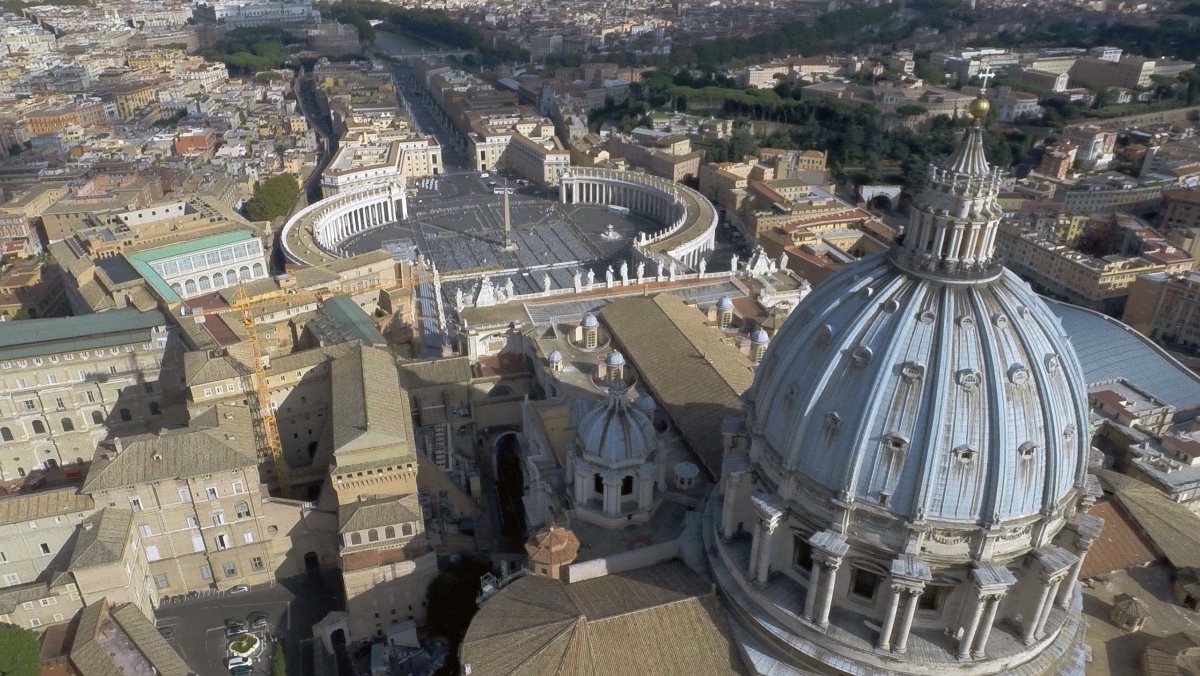
- View of the Vatican City. The Sistine Chapel near the St. Peter’s Basilica Photo R. Aupy © Governatorato SCV – Direzione dei Musei
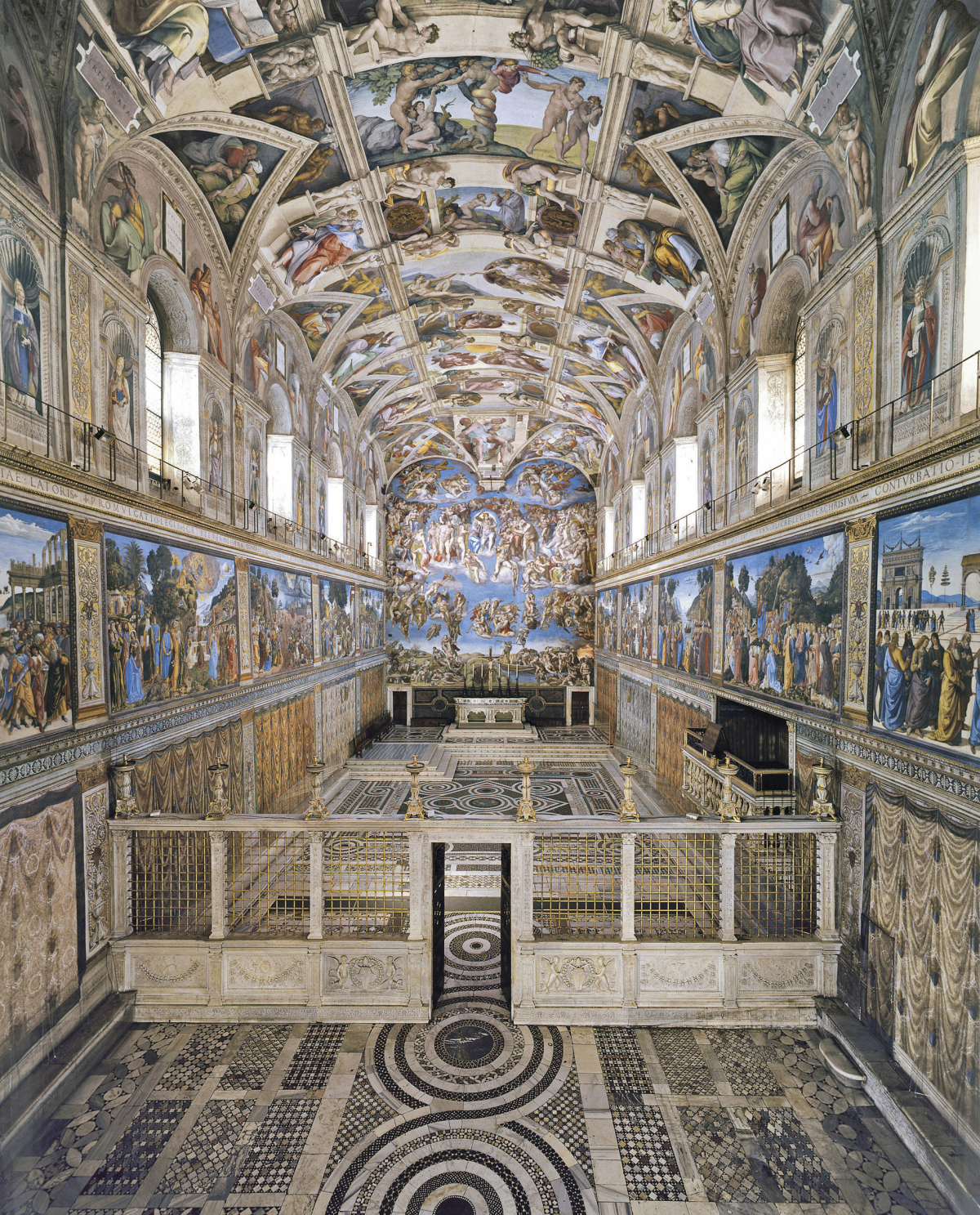 Sistine Chapel View after the installation of the new lighting system – Photo Boutique Creativa © Governatorato SCV – Direzione dei Musei
Sistine Chapel View after the installation of the new lighting system – Photo Boutique Creativa © Governatorato SCV – Direzione dei Musei 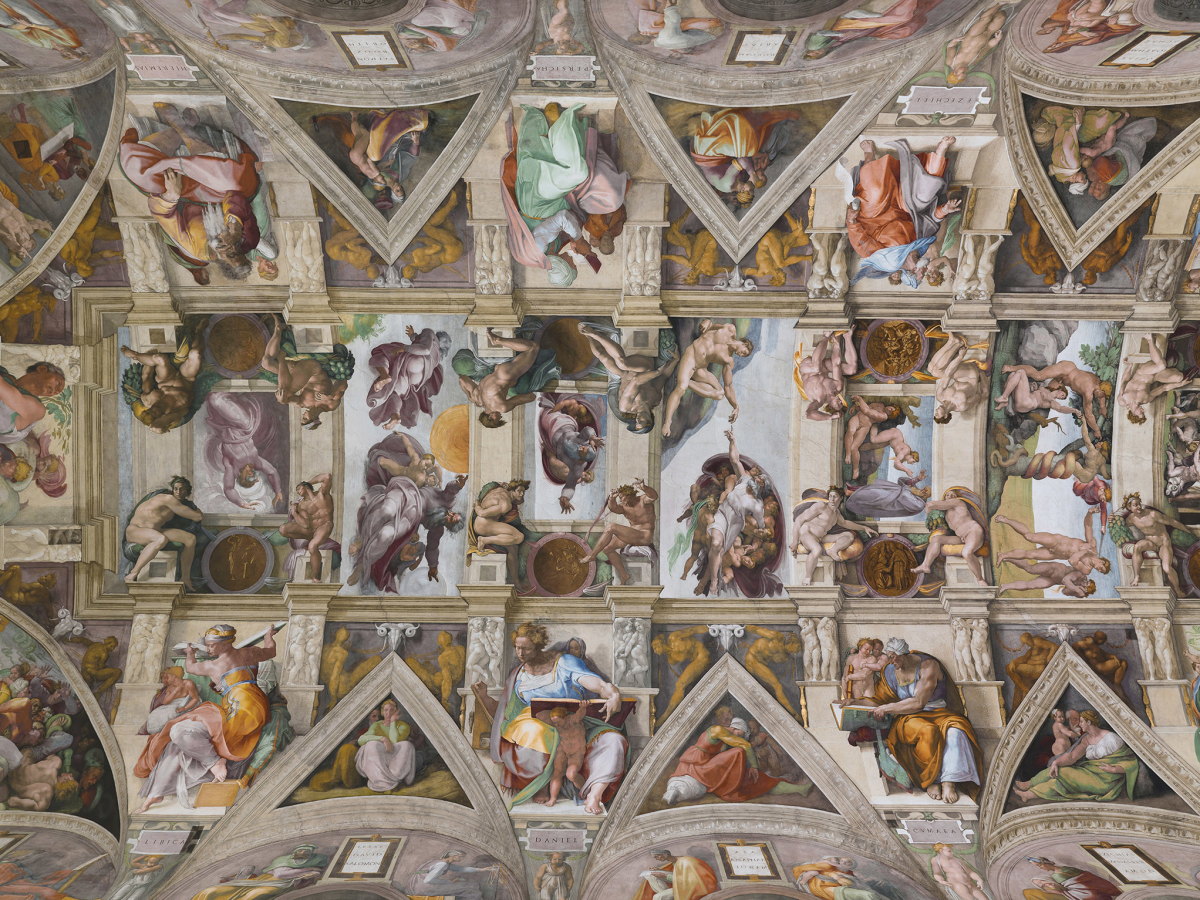
- Sistine Chapel View after the installation of the new lighting system – Photo Boutique Creativa © Governatorato SCV – Direzione dei Musei
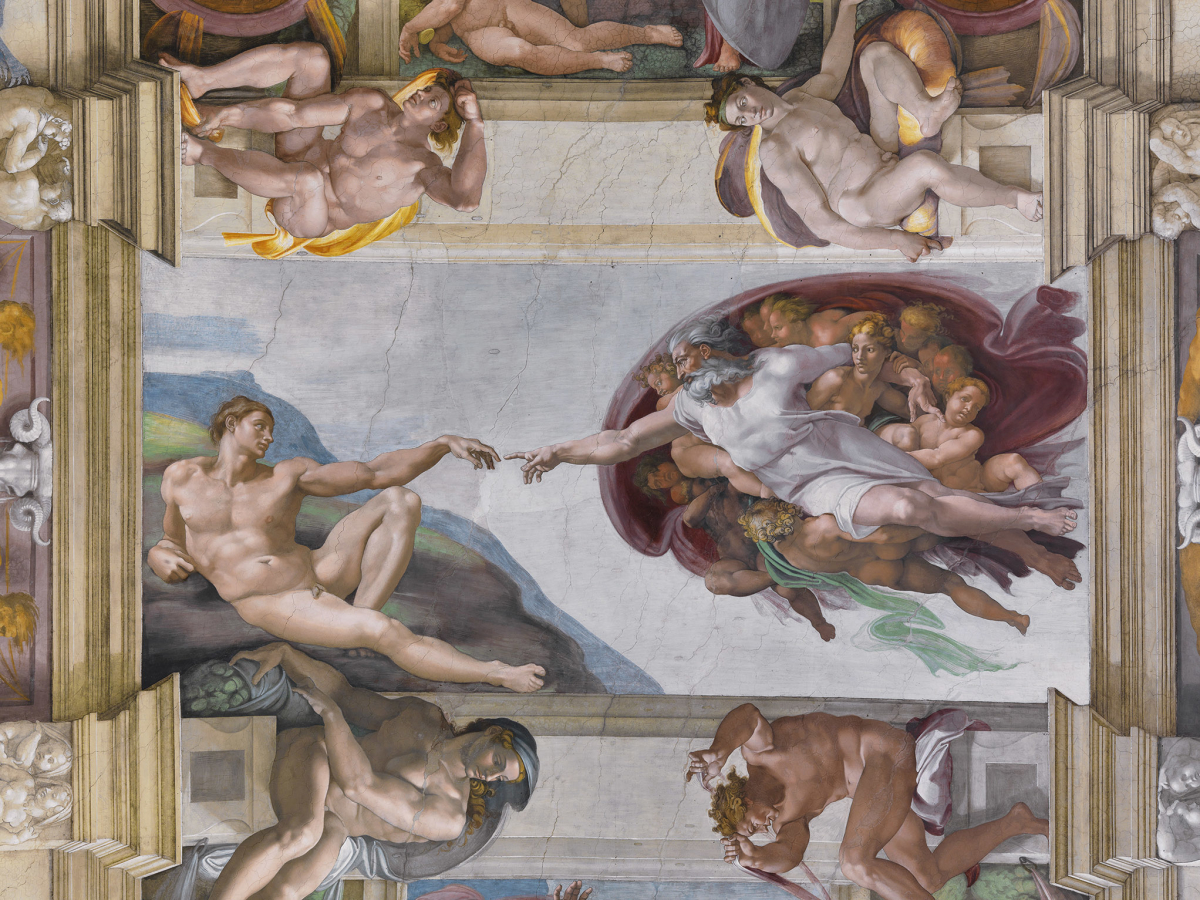 Sistine Chapel View after the installation of the new lighting system – Photo Boutique Creativa © Governatorato SCV – Direzione dei Musei
Sistine Chapel View after the installation of the new lighting system – Photo Boutique Creativa © Governatorato SCV – Direzione dei Musei 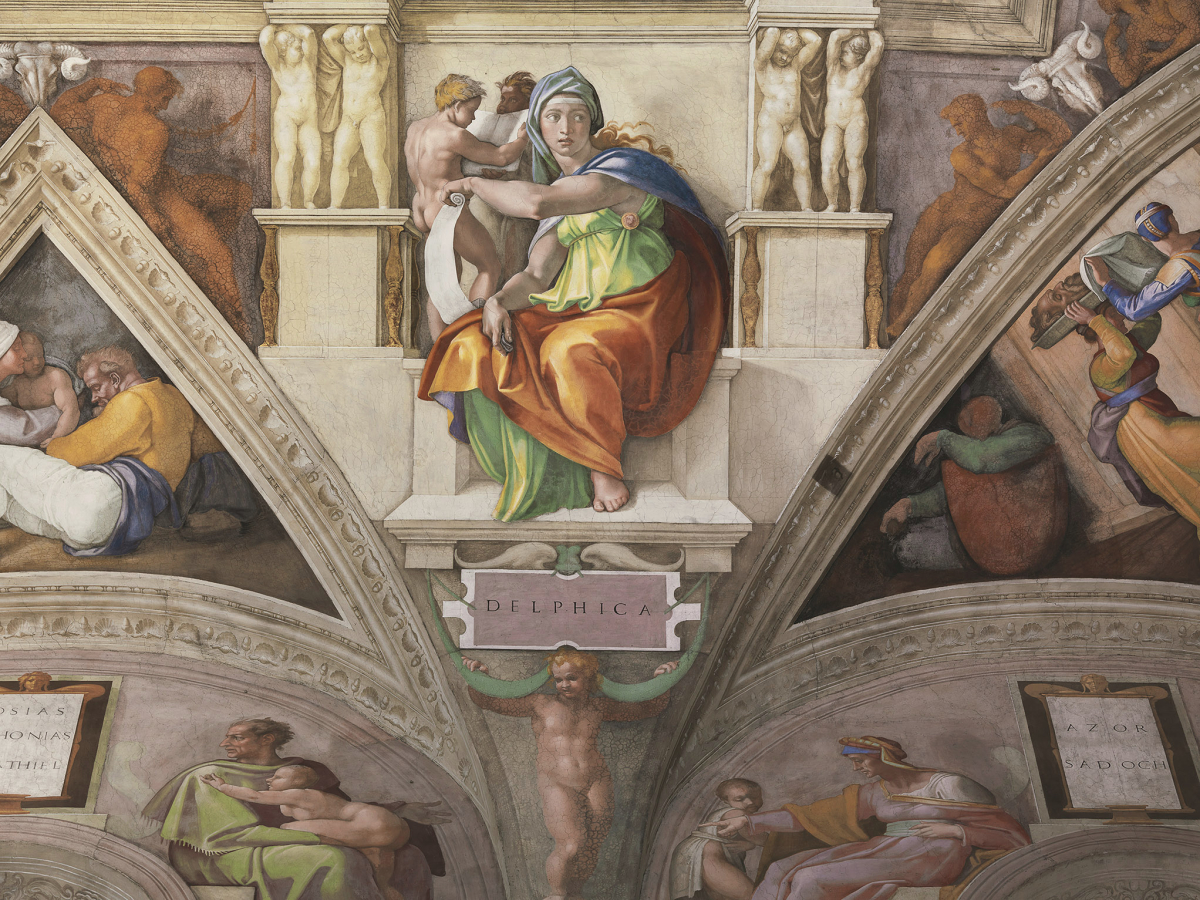 Sistine Chapel Ceiling ‘Sibilla Delfica’ View after the installation of the new lighting system Foto Boutique Creativa © Governatorato SCV – Direzione dei Musei
Sistine Chapel Ceiling ‘Sibilla Delfica’ View after the installation of the new lighting system Foto Boutique Creativa © Governatorato SCV – Direzione dei Musei
The lighting project for the Sistine Chapel was developed by the lighting designer Marco Frascarolo – scientific coordinator of the FABERtechnica studio – with the support of a team of young architects and lighting designers. The project is based on an accurate scientific research on the new frontiers of use of LED technology and is the result of the perfect combination of scientific method and precompetitive technological development, within an international working group that has involved, together with OSRAM and FABERtechnica, the University of Pannonia (UP) and the Cataluna Institute for Energy Research (IREC). The project is co-financed by the EU under the Competitivenes and Innovation Framework Program (PSP – CIP). The study phase was developed with the aim of evaluating the criticalities of the existing lighting system and proceeding with the definition of design improvement solutions, in compliance with architectural and conservation constraints. A model was developed for the simulation of natural light conditions at any time, time of year and weather condition, to define the best lighting even in the presence of natural light. To validate the results, measurement sessions were carried out with the help of the Technical Physics Laboratory of the RomaTre University (LIFT) .The project phase was started by defining, together with the Commission of Experts of the Vatican Museums, the quantity , chromatic quality and levels of uniformity of light on the frescoes. From here, simulations on 3D models led to the definition of the performance standards of the luminaires, developed by OSRAM. On-site lighting checks on the performance of the prototypes led to the final optimization of the system.
Fine Lavori : 2014
Development and engineering of lighting fixtures: OSRAM
Chromatic studies: University of Pannonia (UP)
Client: European Union – Competitivenes and Innovation Framework Programme (PSP – CIP)
Type: Cultural Heritage
Photo Credits: Governatorato SCV – Direzione dei Musei
Project and Site Manager and Scientific Coordinator: Marco Frascarolo Project coordinator phase 1: Maria Fernanda Pellecer Project coordinator phase 2: Stella Cardella
Collaborators: Andrea Benedetto, Beatrice Billi, Michele Bruno, Salvo Bucchieri, Stella Cardella, Roberta D’Onofrio, Dionisia Drakou, Sara Forlani, Arianna Dolce, Maria Antonietta Fino, Elisa Forlini, Gilda Magni, Momoko Nakahara, Giulio Stacchi, Gioia Vannicola

